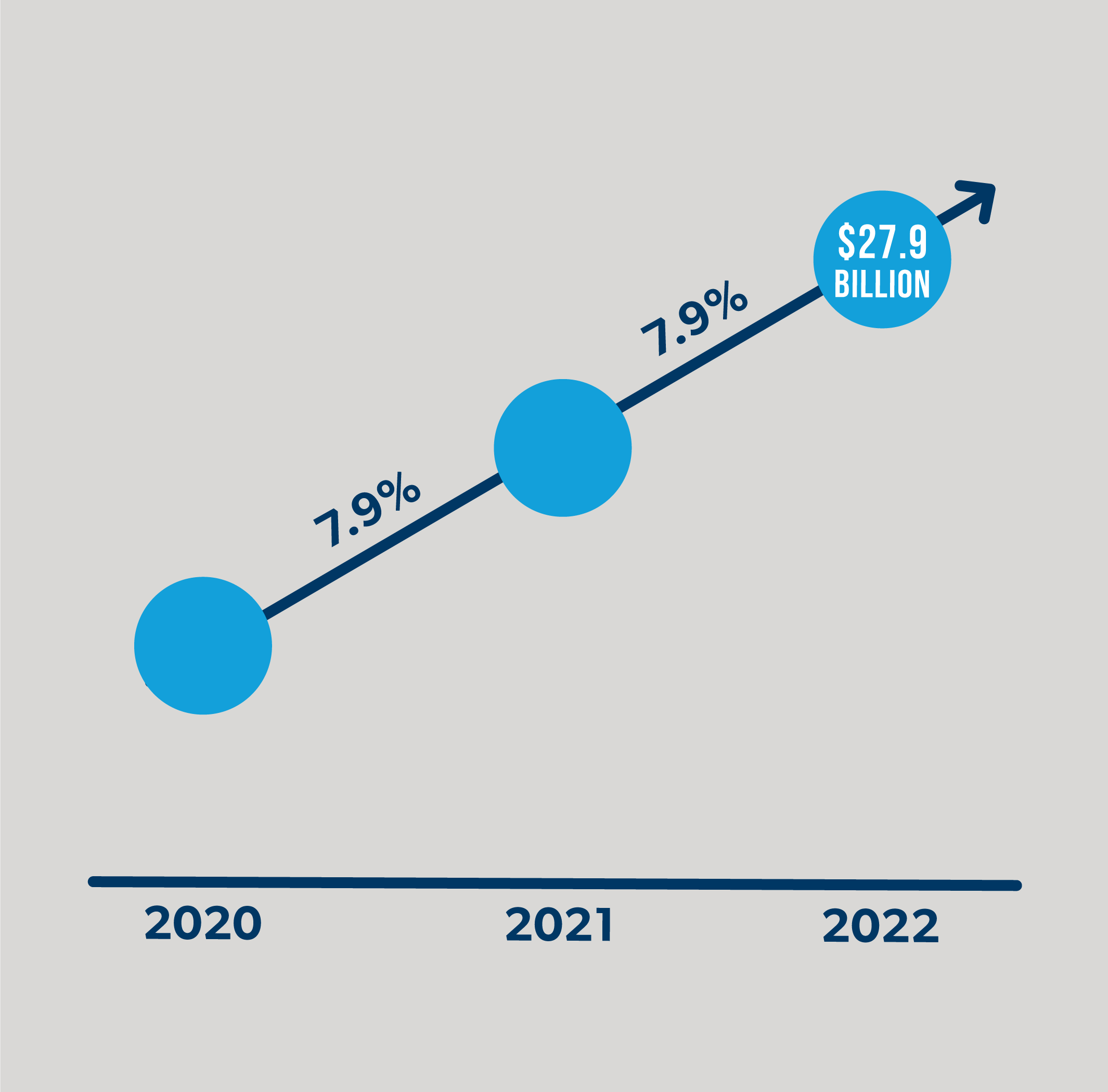Articles October 9, 2020
Mindset Shift: How Insurance Companies Can Take a Proactive Approach to Drive Loyalty


Invest for the future
Create Alignment Between Customers and Insurers

Jon Bradway
Principal, Sports & Media
As lead of CapTech's sports practice, Jon partners with leagues, media companies, and technology firms to create the next generation of competition and fan experience.








